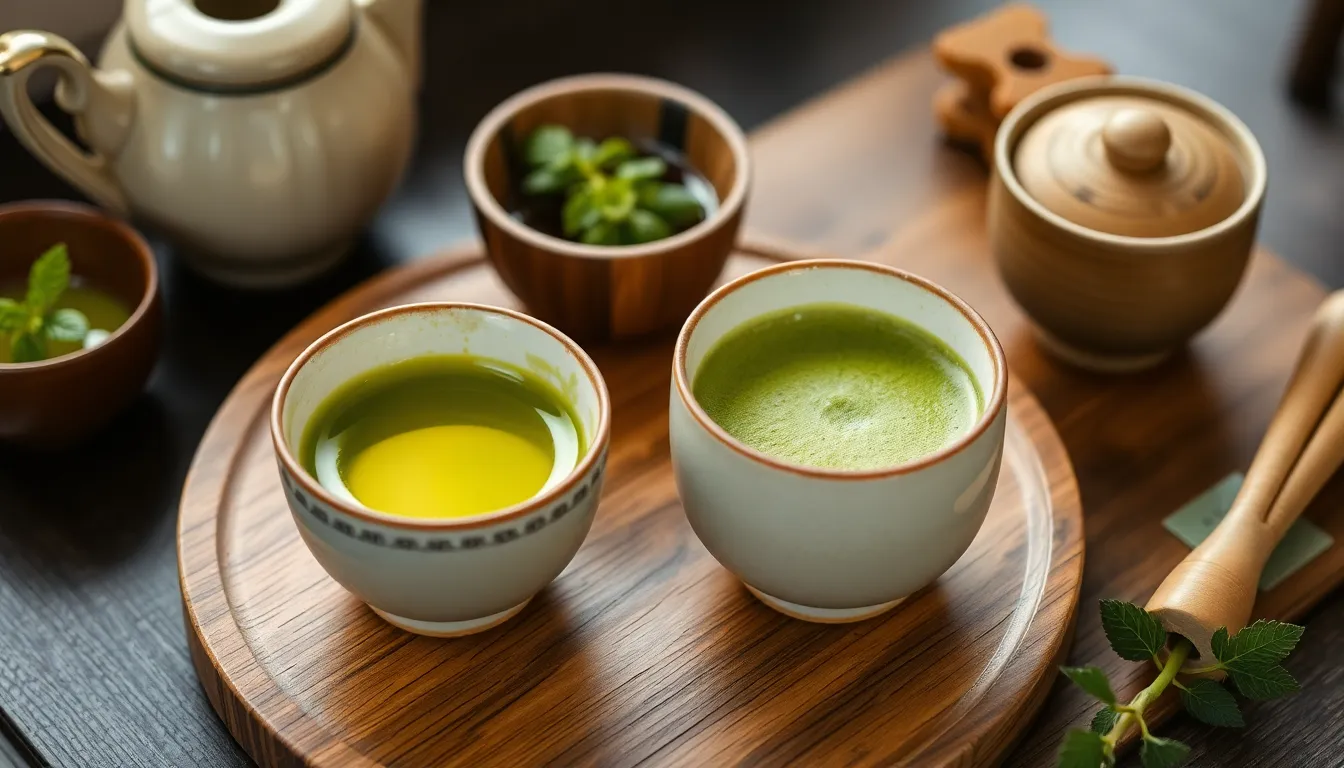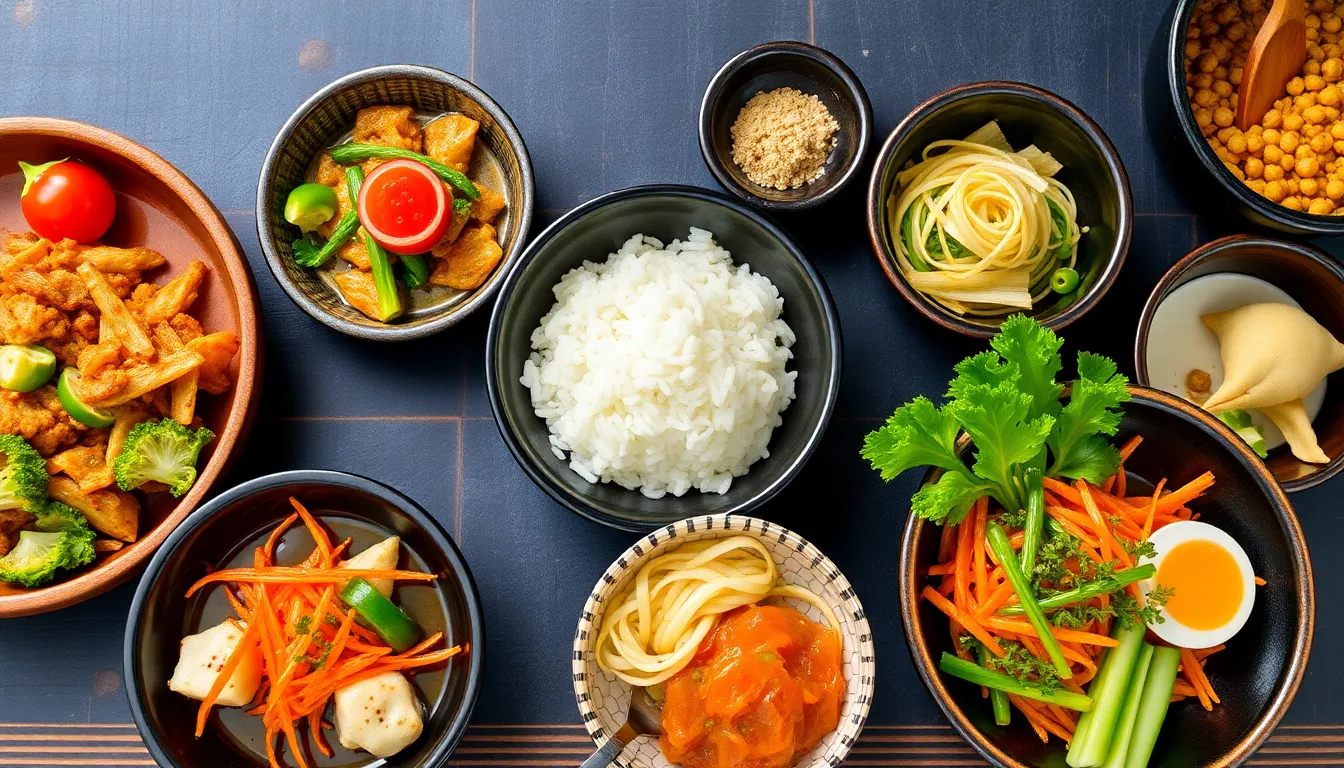Deliciously Different: How to Make Authentic Japanese Curry from Scratch
I. Introduction: A Journey into the Heart of Japanese Cuisine
Welcome to the enchanting world of Japanese curry, a dish that beautifully melds flavors and textures, creating a comfort food experience that is both satisfying and deeply rooted in cultural significance. Unlike its Indian counterpart, Japanese curry is a milder, sweeter, and richer dish that has become a staple in households across Japan. The experience of making curry from scratch not only elevates the dish itself but also allows you to connect with the culinary traditions of Japan.
In this post, you will embark on a flavorful journey where we will explore the essential ingredients, master the art of preparation, and discover the secrets to creating a delectable curry sauce that captures the essence of Japan. Get ready to tantalize your taste buds with a symphony of flavors!
II. The Essential Ingredients: Building Blocks of Flavor
A. Key Spices and Seasonings
At the heart of any great curry lies the spices and seasonings that bring it to life. In Japanese curry, you’ll primarily encounter two forms: curry powder and curry roux. While curry powder offers a blend of spices that can vary in heat and flavor, curry roux provides a pre-made, thick paste that simplifies the cooking process.
Understanding umami, a savory taste that is abundant in Japanese cuisine, is crucial. Ingredients such as soy sauce, miso, and dashi stock help create that deep, satisfying flavor profile that makes Japanese curry so distinctive.
B. Fresh Produce and Proteins
Choosing fresh produce is essential for a well-rounded curry. Here are some classic vegetables to consider:
- Onions: The aromatic base.
- Carrots: For sweetness and color.
- Potatoes: To add heartiness.
When it comes to proteins, you have options like:
- Chicken: Tender and juicy, it absorbs flavors well.
- Beef: Rich and flavorful, perfect for a hearty meal.
- Tofu: A great plant-based alternative that soaks up the sauce beautifully.
C. Optional Add-Ins for Personalization
Feel free to customize your curry with these unique ingredients:
- Mushrooms for earthy flavors.
- Bell peppers for a crunch.
- Apple or honey for added sweetness.
- Green peas for a pop of color and nutrition.
HTML Table: Essential Ingredients for Authentic Japanese Curry
| Ingredient | Quantity | Notes |
|---|---|---|
| Onion | 1 large | Finely chopped |
| Carrot | 2 medium | Chopped into bite-sized pieces |
| Potato | 2 medium | Cubed |
| Protein (Chicken) | 500g | Cut into chunks |
| Japanese Curry Powder | 2-3 tablespoons | Adjust based on heat preference |
| Soy Sauce | 2 tablespoons | For depth of flavor |
| Water | 4 cups | For simmering |
III. The Art of Preparation: Steps to Culinary Mastery
A. Prepping Your Ingredients
Preparation is key to a smooth cooking process. Here are some tips for efficient chopping and measuring:
- Use a sharp knife for clean cuts.
- Dice onions and chop vegetables uniformly to ensure even cooking.
- Measure out your spices and liquids ahead of time to avoid disruption during cooking.
B. Cooking Techniques
Sautéing and simmering are the heart of the cooking process. Start by sautéing your onions until they are translucent, which lays a flavor foundation. Following this, you’ll add your protein and cook until browned before introducing the vegetables.
C. Layering Flavors for Maximum Impact
To create a truly immersive curry experience, the order and timing of your cooking steps are vital. Here’s how to maximize the flavors:
- Cook your onions first to release their sweetness.
- Add your protein next to ensure it absorbs the onion flavor.
- Introduce hearty vegetables like potatoes and carrots, followed by delicate ingredients like peas towards the end of cooking.
IV. The Secret to the Perfect Sauce: Crafting the Curry Base
A. Creating the Roux
The roux is the soul of Japanese curry. Here are the detailed steps to make it from scratch:
- In a separate pan, melt equal parts butter and flour over low heat.
- Stir continuously until the mixture turns a deep golden brown, taking care not to burn it.
- Once ready, mix in Japanese curry powder until fragrant.
B. Balancing Flavors
Achieving the perfect balance of flavors is crucial. Here are some techniques:
- For sweetness, add grated apple or a bit of sugar.
- To enhance the umami notes, incorporate soy sauce or miso paste.
- For heat, adjust with more curry powder or a pinch of chili flakes.
C. Final Touches
Presentation matters! Consider adding fresh herbs such as chopped scallions or cilantro as a garnish. A sprinkle of sesame seeds can also enhance the dish visually and texturally.
V. Serving Suggestions: Elevating Your Dining Experience
A. Traditional Accompaniments
To complete your Japanese curry experience, consider these traditional accompaniments:
- Steamed Rice: A fluffy bed to soak up the sauce.
- Pickles: Such as fukujinzuke or rakkyo for a tangy contrast.
- Side Dishes: A light salad or miso soup works beautifully.
B. Creative Plating Ideas
Your curry deserves to shine! Here are some tips for serving:
- Use a shallow bowl to display the rice and curry separately.
- Add a side of pickles arranged artistically on the plate.
- Garnish with fresh herbs right before serving for a pop of color.
C. Pairing Beverages
Enhancing your meal with the right drink can elevate the experience. Here are some recommendations:
- Japanese Beer: A crisp lager pairs nicely with the spices.
- Green Tea: A gentle and refreshing choice to cleanse the palate.
- Sake: A warm or chilled sake can complement the umami flavors beautifully.
VI. Frequently Asked Questions: Your Curry Queries Answered
Common Concerns and Tips Regarding Ingredient Substitutions
If you’re missing an ingredient, such as curry roux, don’t fret! You can substitute it with a combination of curry powder, flour, and butter. Always taste as you go to adjust the seasonings accordingly.
Storage and Reheating Recommendations
Leftover curry can be stored in an airtight container in the refrigerator for up to 3 days. When reheating, add a splash of water to maintain the desired consistency. Heat gently on the stove or in the microwave.
Troubleshooting Common Issues
If your curry is too thick, simply add a bit of water or broth to thin it out. Conversely, if it’s too watery, let it simmer uncovered for a few extra minutes to reach your desired consistency. Taste and adjust seasoning as necessary!




